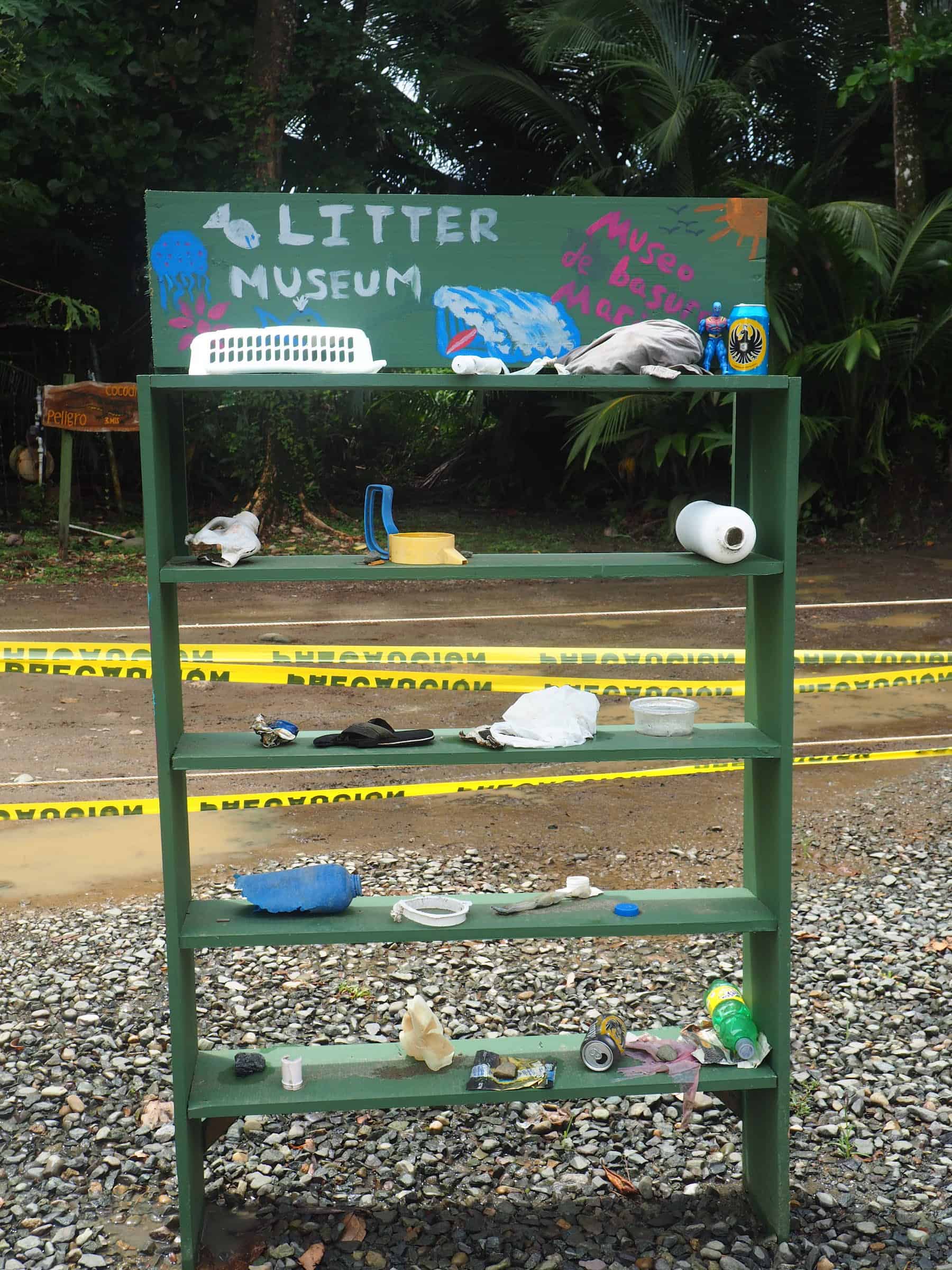In the script of a science fiction movie thousands of years after the apocalypse, the human race has not survived. Some aliens reach Earth and look for signs of some civilization that might have lived on this planet. Any big buildings have all disappeared; iron has rusted away; wind and erosion have done away with cement structures. But the visitors will find authoritative proof that here, on the third planet in the solar system, there was once a civilization. They’ll find millions and millions of pieces and particles of plastic.
Is this a science fiction movie, or a horror flick?
Think about any commonly used product, made of metal, wood, rock or even paper. Now ask yourself: Could I make a version of this product, totally or partially, out of plastic material? The answer is almost certainly yes.
Plastic is part of almost every product that surrounds us. National Geographic data show that since 1950, 9.3 billion tons of plastic resin have been produced. In the first two decades of this century alone, we have produced the same quantity of plastic as in the entire preceding century.
Designed to be highly resistant, light and inexpensive, plastics helped humanity to develop any kind of product and make it available to anyone. It helped us win the battle against gravity, creating lightweight, more durable and less expensive air transport. The Voyager spacecraft carries plastic materials into deep space, and a plastic bag has been found in the Mariana Trench, the deepest point of the Pacific Ocean, more than 11,000 meters down. Our mad race to produce everything using plastic has exceeded all expectations and has even reached places no human can reach, just like a science fiction film – or horror. Your choice.
Single-use plastics
Within the infinite universe of plastic products, the group known as single-use plastics stand out. As the name suggests, these are products designed to be thrown out after only one use. A plastic bag lasts an average of 12 minutes in our hands, a coffee stirrer 10 seconds. The most common also include plastic utensils, plates and cups, as well as straws; because they are so light, it is very expensive to collect, sort and recycle them, making that option almost impossible in economic terms. You won’t see anyone picking up plastic bags or straws to make money as you do aluminum cans.
Single-use plastics are the biggest culprits when it comes to polluting our rivers and seas. Less dense than sea water, these plastics are carried out to sea by ocean currents and float near the surface so that fish confuse them with food. Heavier plastics, denser than salt water, are often used in to produce bottles – which, upon reaching the ocean, break down into smaller fragments and even microplastics and end up on our beaches.
The solution
Just as in today’s best reality shows, the audience can pick the ending of this story. The first is a sad one, tragic for humanity and Earth: plastic finally wins the battle. There are no fish in the sea. Rivers, oceans and beaches are fully contaminated with plastic materials, and hundreds of diseases are brought on by microfibers in our air and food. In the other ending, we win the battle against plastic. It stops being our enemy and is transformed into a green industry.
Costa Rica is recognized around the world for its environmental leadership. We have 4.5 percent of the planet’s biodiversity and forest cover on more than 52 percent of our land. However, we also have the most polluted river basin in Central America and one of the most polluted in Latin America: the Tárcoles River, where most of the pollution comes from plastic materials.
Among many efforts to combat pollution in Costa Rica, the National Strategy to Replace Single-Use Plastics with Renewable and Compostable Alternatives is an initiative of the Ministry of the Environment and Energy (MINAE), the Ministry of Health, the United Nations Development Programme (UNDP) and the Costa Rica USA Foundation for Cooperation (CRUSA). It consists of the voluntary commitment of institutions, businesses, municipalities and civil society to stop using single-use plastics and switch to products made with renewable and compostable materials.
Costa Rica has huge potential to produce single-use materials with natural fibers such as pineapple, coconut, African palm, sugar cane, jute, abaca and others, as well as tubers with high starch content, which is an essential raw material for compostable bioplastics.
The first step is informing the consumer. The National Strategy has developed a classification tool called RCM (R for renewable, C for compostable, and M to show that materials are compostable in a marine environment); materials get a rating of 1 if they comply, 0 if they don’t. A RCM000 product meets none of the three. The idea is that all single-use products carry this label.
At the end of the day, our movie has a hero who can save the day: the consumer. Each one of us has the solution in our hands. We just have to change our consumption habits, empower ourselves as responsible consumers, and demand that our local authorities implement positive and assertive policies to incentivize and support all waste-management efforts, both public and private.
Between all of us, we can save the day and give this movie a happy ending.
Brought to you by the Costa Rica USA Foundation for Cooperation, a co-sponsor of the National Strategy to Reduce Single-Use Plastics







